Biometric Gloves in Motorsport
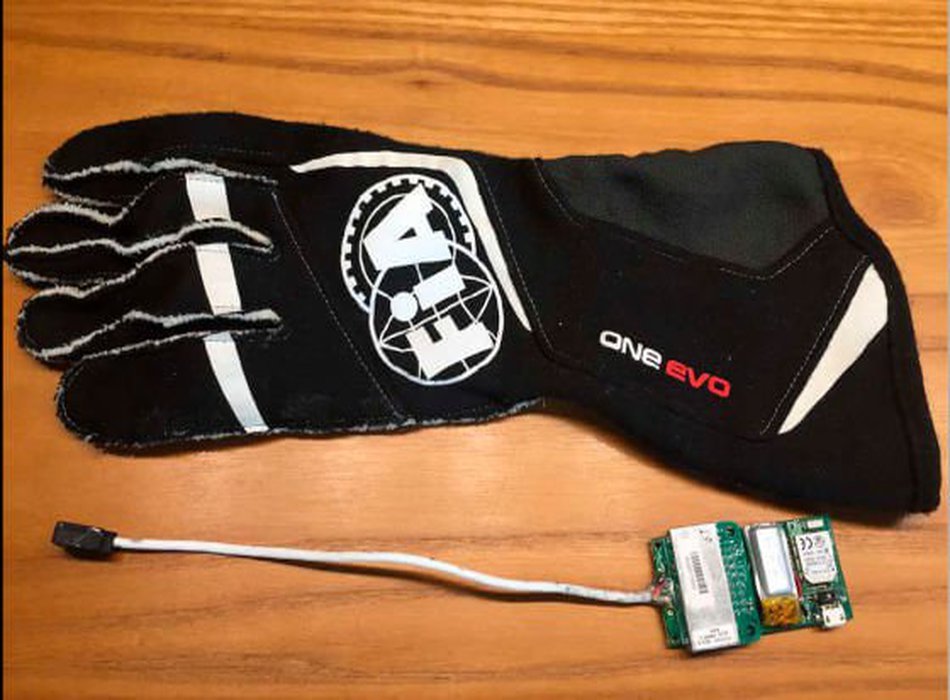
In 2018, the FIA (International Automobile Federation) successfully implemented a medical project for the Formula One Championship (Formula 1) - biometric racing gloves with a pulse measurement sensor and oxygen level in the blood. Starting in 2019, the use of such gloves with medical sensors will be a prerequisite for all racing teams.
Rider gloves are a very difficult and complicated sports equipment that must be tested by the FIA for fire resistance and compliance with riders' equipment requirements.
Each pair of gloves is specially made for the anatomical size of the hands for each pilot separately from a special material Nomex (manufactured by DuPont), which has excellent thermal, chemical and radiation protection. This material was invented in the early 1960s.
')
Sample pilot gloves from the 90s:
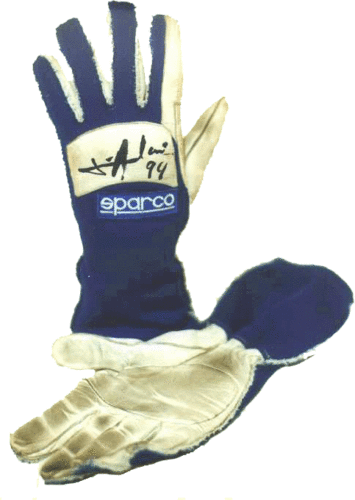

Also in racing gloves used advanced technology for their manufacture, to provide incredible grip, shock absorption and comfort for the hands of the rider. Anatomical palm cut and special material allow you to improve grip, absorb vibration and increase steering control. External seams and special design gloves in the wrist area protects the hands when they are bent.
And now the gloves of the riders have also become “smart” by equipping them with a biometric system that measures in real time the pulse and oxygen level in the blood and transmits this data to external medical systems.

The development of such a special medical system was taken up by Signal Biometrics, founded by the FIA Deputy Medical Delegate Ian Robertson and the driver of the medical machine Alan van der Merwe.

Medical monitoring of the driver's condition is very important in first aid, and in the event of an accident, it is especially necessary to obtain information on the critical indicators of the pilot's body as quickly as possible, and in real time to monitor and save their changes.
But the medical equipment that is used for this is relatively bulky, often used after the incident at the scene of the accident, during the transportation of the victim and after transportation in the medical center.
Moreover, often the medical staff on the track can not get the necessary information due to the fact that after the accident there is no access to the pilot in the first seconds after the disaster.
Even the creation of the company Signal Biometrics has pushed the fact that there were no such special developments on the market.
It was originally planned to use existing medical sensors and simply integrate them into gloves. But further testing according to the FIA rules of such sensors showed that none of the existing samples could withstand the tests for fire resistance, protection from radio frequency interference and be comfortable for the driver.
As a result, Signal Biometrics had to create a glove-embedded medical system from scratch from materials and technologies that are not currently used in products of this kind.
The first photo shows a prototype of such a system, which was further refined, tested and put into serial operation as a fully working system.
What kind of system is this with the name BIOMETRIC GLOVE model HB1?
Here's how parts of this system look separate.
A flexible pulse oximetric sensor is sewn into the glove, around the finger,
which is a non-invasive way to determine the pilot's pulse and the level of oxygen in the blood.
Blood oxygen saturation data are particularly important for determining injuries affecting the racer's respiratory system.
Slightly more sensor sewn around the palm of the hand on the glove.
View of both sensors:

Finger size sensor: 10x8x3 mm. Sensor size for the palm: 22x16x3 mm.
Cables from sensors (115 mm - cable length from the sensor on the palm and 250 mm - cable length from the sensor for a finger):
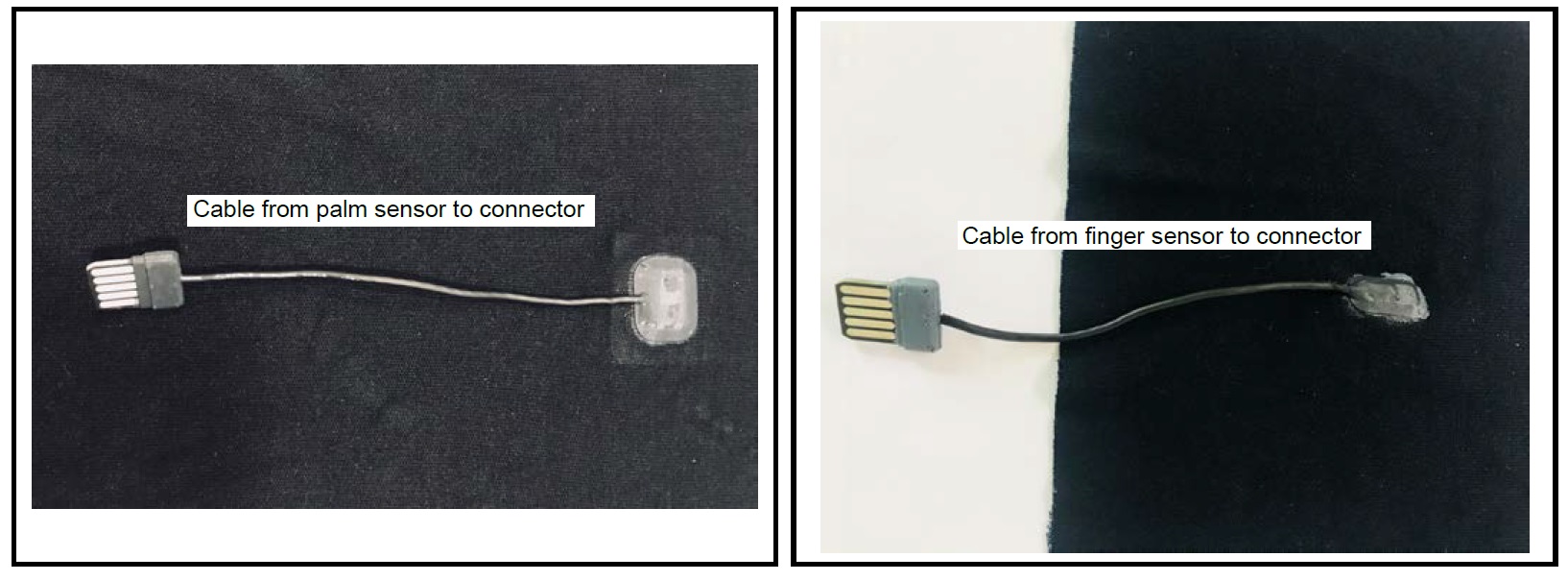
In addition to the sensor, an industrial-grade Bluetooth transmitter that can transmit real-time data up to 500 meters, a small battery with inductive charging is integrated into the glove (a special charging mat also has a separate medical component to “charge” and after the race) and a block of memory for local storage of the readings.
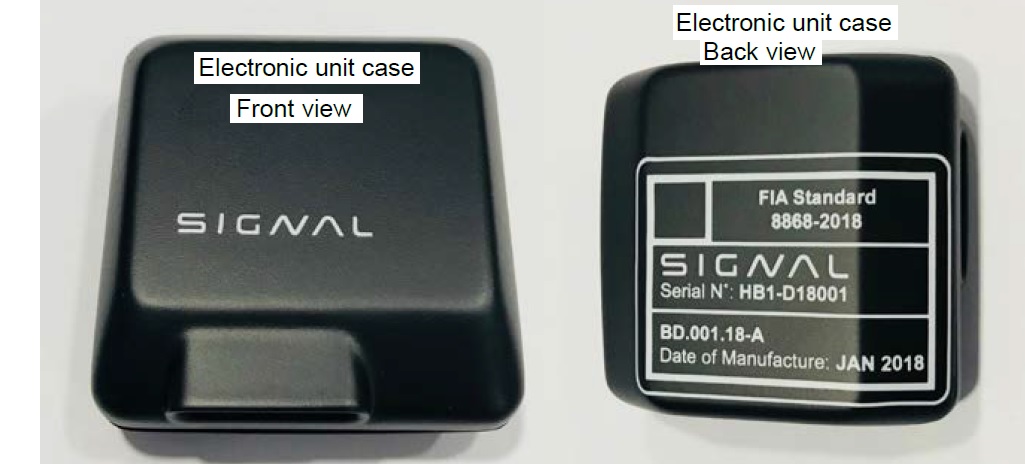
The module is inserted into the pocket in the wrist area on the glove and is connected to the sensors.
The size of the module is 40x42x14 mm.
Stated that the total weight of additional components in the glove (module + cables + sensors) does not exceed 40 grams.
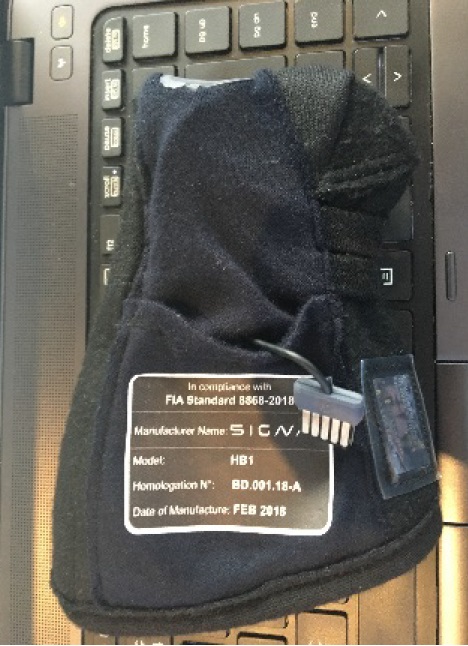
Such a monitoring system in racer's gloves sends 20 data packets per second in real time and is designed for continuous operation and transmission and storage of data for at least three hours in a row (usually a race lasts two hours according to the rules).
Transmitted and stored data is encrypted to protect it from being intercepted and used by others. The processed data is also transmitted to the teams to analyze the performance of each rider after the race.
Thanks to this development of Signal Biometrics, even before arriving at the scene of the accident, medical personnel can make a preliminary assessment of the condition of the rider and begin preparing for certain actions to save lives.
For example, if a racer is injured, impaired breathing, then the level of oxygen in the blood will begin to drop sharply and it will be necessary to take resuscitation on the spot.
Also now, according to the sensor, it is clear whether it is necessary at all costs to ensure that physicians have access to the racer or you can do it more carefully without consequences for the rest of the race and the staff on the track (often the medical teams got into accidents during the rescue at the races) because the rider is not in serious danger or he is fine.

After testing the sensor and its components with the FIA, then all the data on their design and placement was transferred to glove manufacturers - Puma, OMP, Alpinestars and Sparco, so that they could integrate this solution into a fireproof and special fabric at the factory level to create such new "Smart" gloves.


What's next?
The FIA plans to further provide the possibility of receiving data from the sensors and transmit them to the teams in real time immediately at any time during the race, so far only doctors receive and analyze all the data from the gloves at once.
There is also a plan for the introduction of sensors for respiration rate and temperature of the riders. This information will also be necessary for physicians to assess the life of pilots.
Respiratory rate gives a good idea of the health of the rider and the level of stress, and body temperature affects the effectiveness of his actions.
In addition, the FIA has developed a unified standard of biometric sensors, which can be used by third-party manufacturers and further expand the capabilities of riders' biometric equipment.
Source: https://habr.com/ru/post/435500/
All Articles